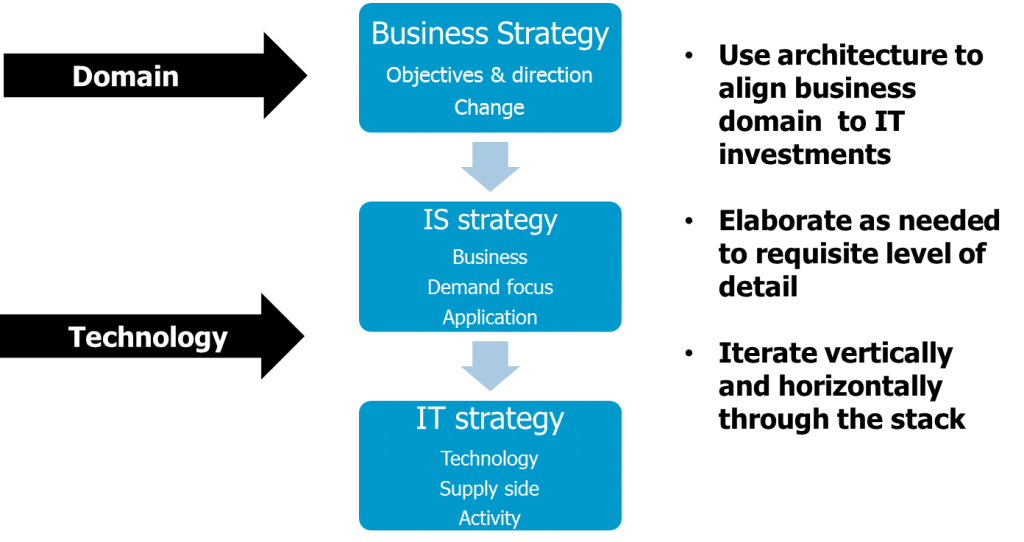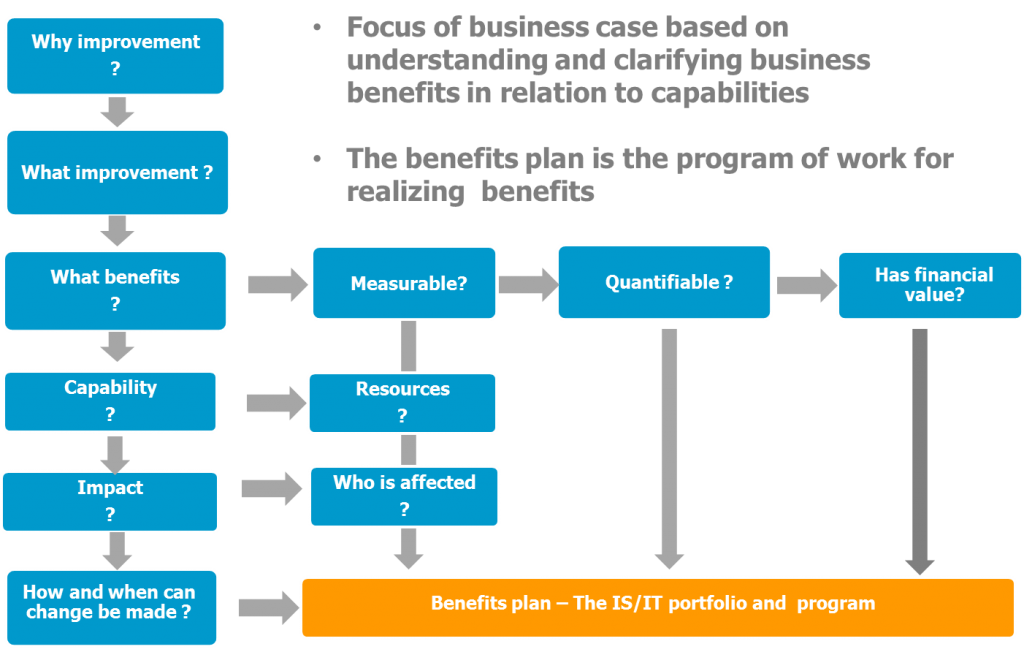IoE is broad, undergoing rapid change in terms of technological capability, while business needs are as yet understandably undefined in the main, with exception certain well known domains such as industrial automation, utility management, smart city and emergency applications to name a few.
As such we present a number of business drivers and design options understanding that there are certain factors which are key to mid to long term deployments, in terms of reusability, and extension into existing and emerging technologies. We believe most if not all of these components have a value which may be interpeted in discrete terms, either as money or as an exchange medium. In closing, a section on revenue management identifies some of the opportunities and challenges faced in data ownership and utilization.
Firstly, the gateway performing the role of communication with IoT devices at the network edge has an important role to play in providing a generic business capability for different types of application devices which need to work together in performing a services such as for example the case of a unified NG network consisting of traffic detection/sensor devices, VOIP, actuators.
This key component needs to have processing capability in order to perform a number of functions in meeting multiple business and technical objectives, this implies a programmable operating system.
The gateway has multiple capabilities in processing diverse IoT protocols, such as Zigbee, and others, many of which are non standard – see the following link for details on these http://telekinetics.eu/wp/protocols/
On the Northbound interface gateways should be designed such that they provide a single unified communication protocol at layer 3/4 , which means that they should effectively function as multi-protocol routers, which may be useful in establishing a common “fog” edge network allowing for communication between gateways, as well as back to the home base cloud.
The single northbound interface allows for considerable simplification of the supporting IoT to Cloud control protocol and associated cloud stack. This approach while adding complexity to the gateway design, simplifies rollout and implementation, and substantially reduces operating costs and maintenance.
The next key area of interest is that of southbound control flow between the cloud and the IoT gateway. While a number of protocols have been developed for this purpose ( MQTT) , it may be possible to use standard SNMP/NETCONF for this purpose , either standalone or overlaid with a messaging system.
Data and control flows are kept separate with synchronization of device state maintained in the topology structure and persistent storage, expressed for example as a Yang model for NETCONF interaction or encapsulated within an API of choice.
More can be said on the cloud based streaming services which will handle data flow aggregation, correlation and manipulation and subsequent analytics.
Sensor data, derived from multiple sources and lacking structure, needs be aggregated, pattern matched, associated and matched with specific indicators for statistical analysis purposes in terms of the application, and for performance management, in near-real time and subsequently off-line.
Note that in the case of having to control IoT functions data feedback needs to be immediate therefore the aggregation and analysis needs to happen in streaming mode.
There are a number of tools for handling persistence and availability as well as stream processing. In this discussion we focus only on the key areas of interest in terms of handling an IoT network in a similar fashion to a heterogeneous next generation network, noting that capabilities will converge over the next couple years, especially with the advent of software defined networks, micro technology, and increasing use of IP within the device ecosystem.
Every application network will have an initial and subsequent state and a specific configuration. This is stored somewhere and needs to persist topology information, leading to two distinct requirements, namely those of storing and managing the static network layout, initial config, and service representation, and the dynamic network layout, state and configuration, handled in an intermediate and distributed data store which interacts with the network, via control and data flows. This latter dynamic network is a mirror of the IoT network state at a particular point in time, and maintains state via updates to and from the control plane.Here we leave a small note in developing further detail on the logical definition of what is both a dynamic and a static representation of a network layout, and how this is physically expressed, it’s a subject of its own,.
As for the virtualization/cloud aspect it is noted that data increases and decreases in IoT are inevitable and may well be unpredictable, which business case lends itself naturally to the solution provided by 5G MANO and NFV / SDN like management and control. However not all IoT cases are alike and there may well be no justification for a cloud based operational framework in the first place, this is a matter for up-front evaluation.
Each IoT network may be segmented in a number of ways based on location, APN, service, priority, QoS and other criteria [1]. Therefore topology provides for a natural guideline to setting up a virtual infrastructure, and initial resource allocation. Each IoT network segment may be allocated a VNF instance and associated contained service managed by the cloud controller.
The ability to scale up / down and control the IoT may be based on (i) feedback received from the devices as part of the data collection and indicator processing cycle, (ii) from the network control updates as part of normal processing, and (iii) from monitoring systems or probes.
In summary the following design criteria are key to the successful implementation of an IoT network,all of which may be monetized in some form, namely:
1. Network topology and state, as maintained statically and dynamically
2. Cloud infrastructure allocated to IoT instances and initial scaling of the gateway to cloud processing ratio in terms of resources, network planning, availability
3. Gateway design, build and selection based on (i) northbound interface standardization, (ii) multi protocol conversion, (iii)filtering and aggregation functions as well as (iv) edge network distribution
4. Control and data layer implemented on the cloud, preferably with dynamic resource allocation per IoT instance grouping
5. Flexible and configurable streaming and data analysis, machine learning for sensor data optimization and feedback
6. Persistent data storage for analytics and operational / service management
7. Monitoring and management functions ( partly achieved by cloud management ) with an embedded FCAPS function within the gateway aggregating device management data, and via external active monitoring ie. probes, NMS.
Revenue Management
Finally we will touch on one of the most important aspects relating to IoE, namely revenue management.This summary is intended to provoke some discussion and is by no means definitive, we will go into details in separate, focused articles.
Recently we addressed a number of business opportunities within several sectors, finding that there was little or no comprehension of how to monetize the service delivery and usage stack across multiple stakeholders and even how to price up our services within their delivery ecosystem.
This applies especially to constructing applications which operate across public & private clouds and multiple networks across edge, transport and access, where technical complexity across several layers of technology and multiple stakeholders make the business proposition unclear.
While one can reasonably define platform & network utilization fees, it is more difficult to quantify, measure and price services offered as part of the IoE application, as a package, offered to the various parties, and ultimately the customer, each with separate business and operating models.
Coming from a background in which we have worked in designing and applying revenue management across multiple heterogeneous ecosystems in the mobile and broadband B2B, retail and wholesale area, we can identify the following key requirements towards making sense of an IoT revenue model.
The first thing to consider is that traditional centralized revenue management operational models (and systems ) will not easily scale to IoE ecosystems. This is primarily due to the fact that there are several legal and technical data ownership & trust elements to consider in distributing critical information across multiple estates, owned and operated by separate parties.
The first step, based on earlier data definition design criteria discussed above is to be able to structurally model static infrastructure, and mediation thereof , this is relatively easy to do given extensive capability for service and resource modelling ( See: ITU/TMF SID, Yang models and generic data modelling for heterogeneous networks ). Note that an IoE network is not static and may be constantly changing in terms of the interrelationship between devices, gateways and the transport network. This is not far different to operation of a mobile network but, the IoE network has no standard unified operation,as does 4G for example, this is work in progress.
Once services and associated resources are well defined over an initial infrastructure configuration, it is possible to mediate and stream data over a number of the ecosystems ensuring that the supporting methods ( and protocols ) expose usage. There are a number of constraints in doing so namely the fact that IoE data is sessionless in the main, however volume and type of data is available, in primitive form.
When connecting into an IoE ecosystem as a user one may use existing infrastructure or add infrastructure in the form of new devices. Therefore we can classify either a (i) provisioning request into the IoE revenue model, and a (ii) utilization request as two distinct initiators of the order-to-cash process, followed by potentially usage measurement for particular devices, or associated processing as evidenced.
The association of device usage to individual users will prove a challenge as there is currently no explicit method of managing subscriber references as is the case in telephony.
As an operator of the devices, and cloud ( public or private ) back-end there are various ways of monetizing bulk data aggregation and actuation, these functions can be modeled according to different application needs and depending on the value apportioned to the business nature of the application.
For example a safety critical IoT application may prevent losses to life and equipment, through reducing risks in detection and notification. These risks may be offset by the introduction of a fire detection and notification system, such that insurance premiums may be reduced, and conversely applied in the event of non compliance.
This premium rating model has been widely used in actuarial methods for some time as applied to industrial insurance and other areas, with the advent of big data, risk avoidance can be built into risk signalling, and premium dispersion related premiums based on operating data profiled over time.
See this article from the Australian actuarial association for further reference: https://actuaries.asn.au/Library/Opinion/2016/BIGDATAGPWEB.pdf
Naturally access to operational information by third parties implies high levels of security, confidentiality and is open to misuse and abuse.
In summary we have the following business requirements so far, namely:
- Mediation of sessionless, heterogeneous information across partners
- Interfaces to partner providers and operators
- Understanding and offsetting legal and regulatory constraints in data ownership
- Association of usage profiles with usage for monetization and reward
- Estimating and measuring Application value
- Risk offset and reward monetization
The second main challenge is the ownership of information, aggregated as part of the IoE processing, from which all sorts of meaningful information may be extracted, having value over and above that of the original data.
As an example, a typical household user profile for electrical and water usage, individually and over a municipal region, may be related to the operational and financial optimization of the utilities. In exchange for setting up and providing such to an IoT provider it may be possible to reduce bill costs to a consumer as a reward.
The data they generate may be anonymized and sold on for research and marketing purposes, or massaged into analytic information. But, increasingly, and we would assert, rightfully so, ownership of that data driven information is called into question.
Can the rightful owner be reimbursed for revealing their usage patterns, and by whom, given that the IoT is not yet based on a subscriber model ?
Are intermediary brokers sufficiently secure to ensure that the information does not fall into wrong hands?
Is the utility service provider entitled to generate revenue from the usage data collected for taxable resource utilization?
These are some of the questions to be answered over the next few years, noting that technology leads regulatory advances, the landscape is constantly evolving making some issues redundant and bringing others into play.
Technologies such as blockchain are being touted as potential solutions to the trust aspect surrounding monetization , but it is as yet unclear that there is a silver bullet to address these issues discretely.
In all probability there will be a mix of things which come into play all of which require fundamental understanding of privacy law, security, regulation and standardization both local and international, over and above technical and organizational constraints.



